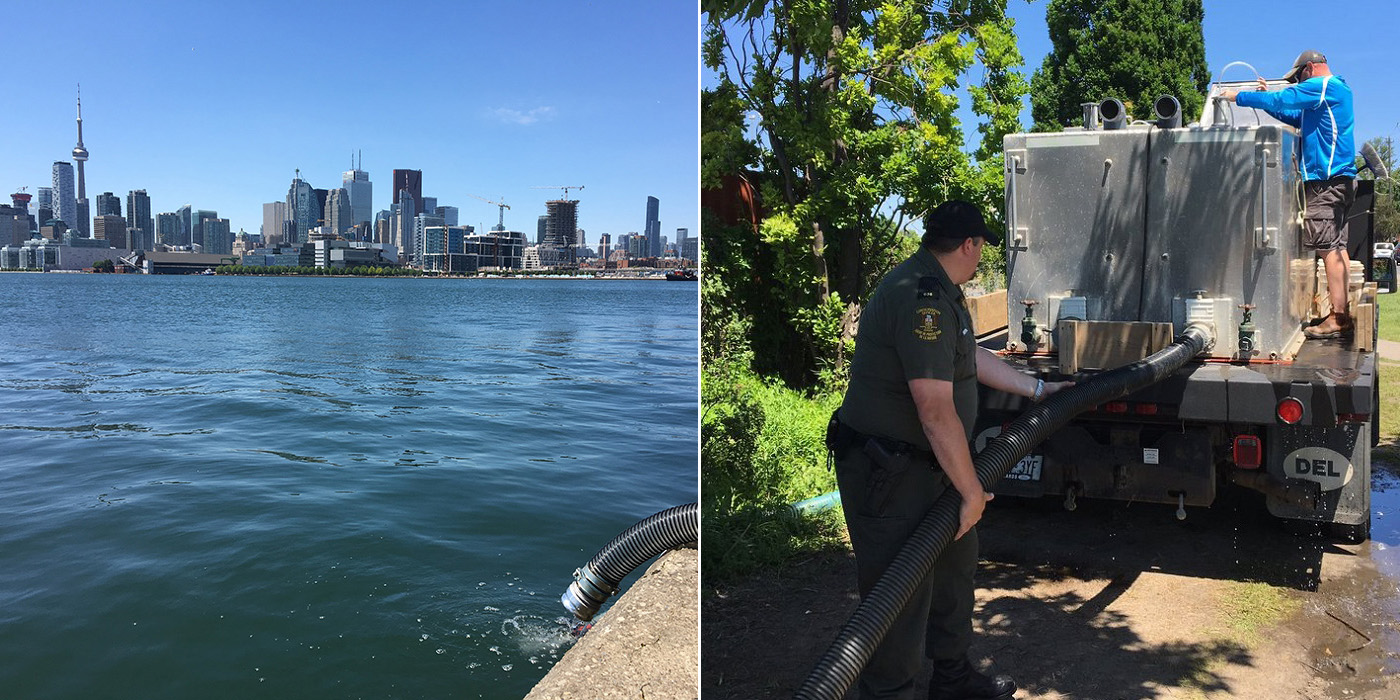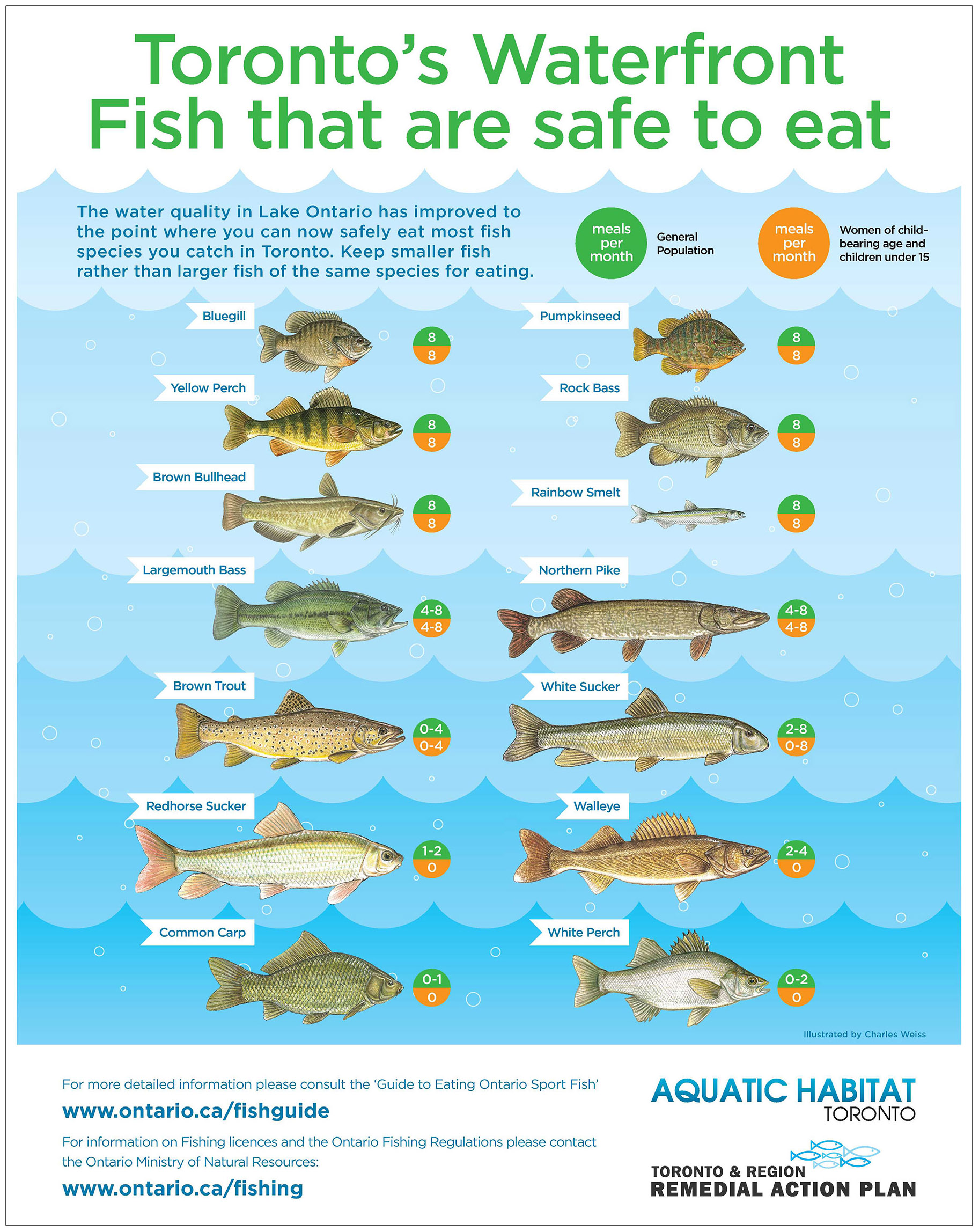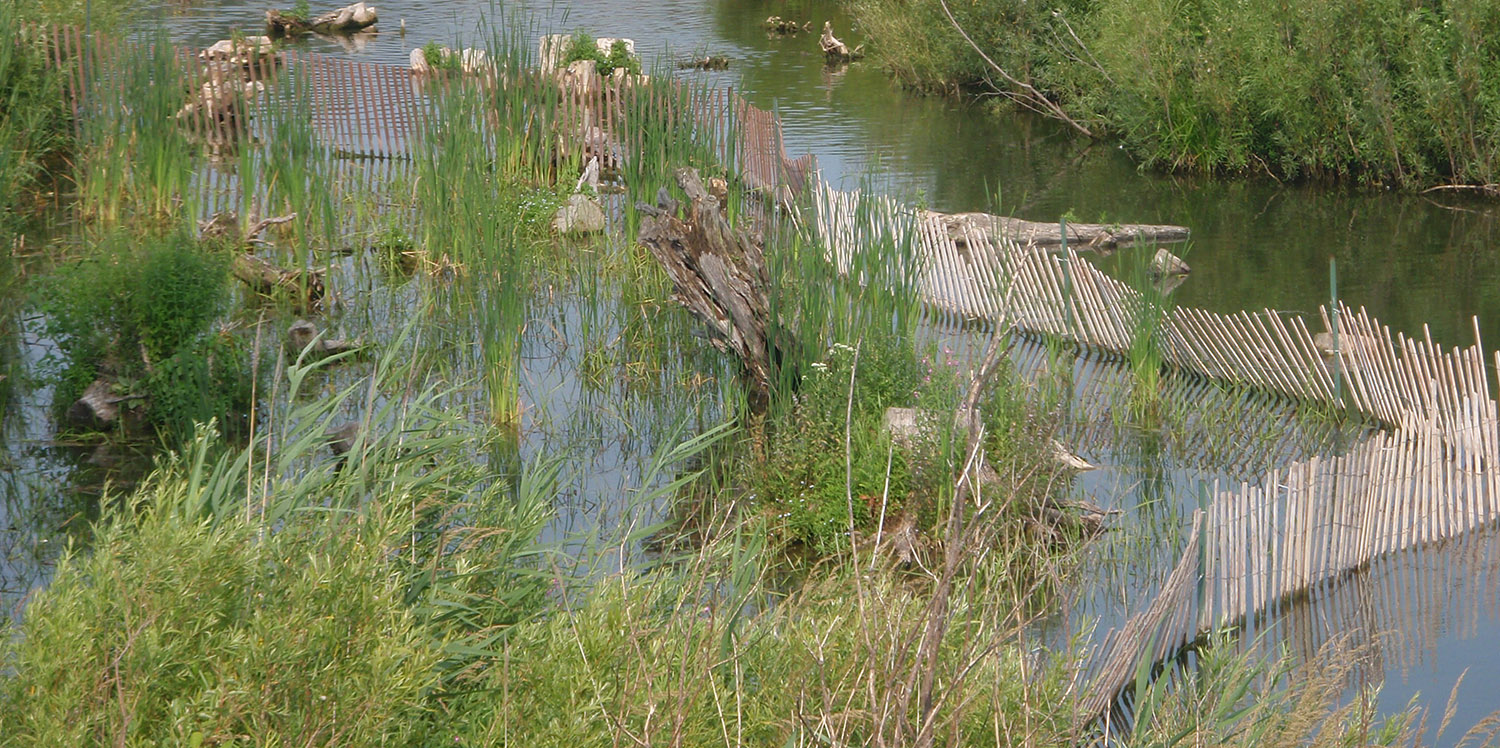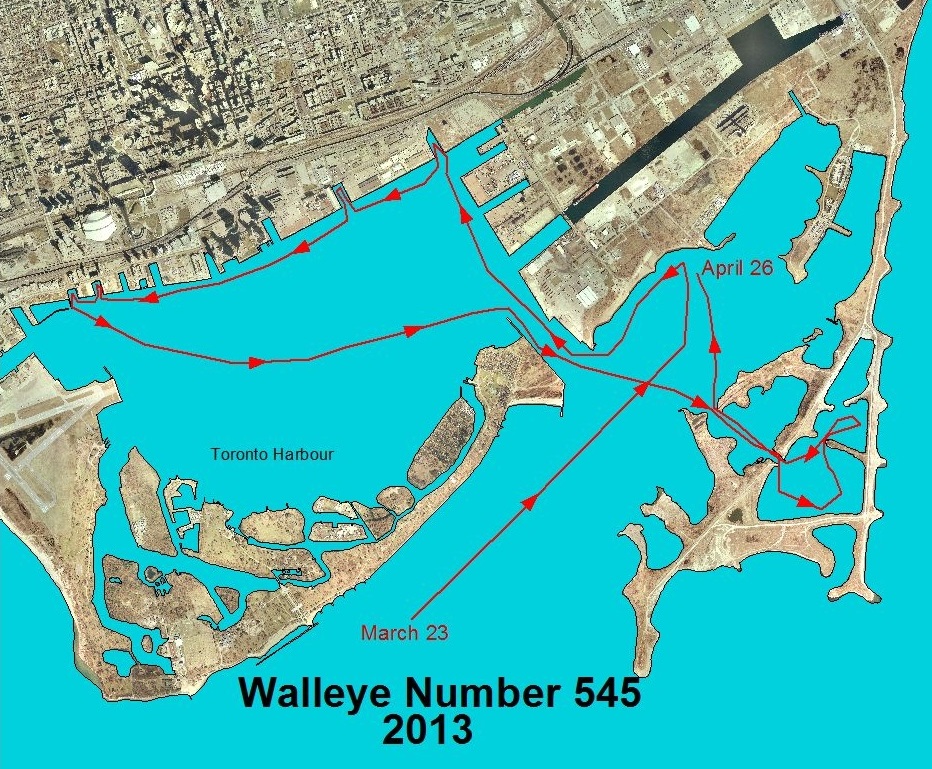It has been a little over two weeks since 100,000 Walleye fingerlings were jointly released into Toronto Harbour by the Ontario Ministry of Natural Resources and Forestry (MNRF) and Aquatic Habitat Toronto, and one can’t help but wonder: where are they now?

The hope is that the large majority of young’uns have eluded their predators and quickly found their way to nearby sheltered embayments and coastal wetlands around Toronto Islands and Tommy Thompson Park.
#FishFriday @CBCToronto News: Lake #Ontario #Walleye population grows by 100,000 in just 1 day: https://t.co/Mrs4VfNiAl pic.twitter.com/MkzUjJ5ZlU
— TRCA Monitoring (@TRCA_Monitoring) July 7, 2017
“You know you have a really good fishery when you have top-order predators like Walleye. Establishing Walleye – the most coveted sport fish in North America – in the Toronto waterfront means that we would have a world class fishery right here in Toronto,” says Rick Portiss, Senior Manager, Environmental Monitoring and Data Management, Toronto and Region Conservation Authority (TRCA).
“These Walleye will be about the length of a ruler (25 cm) when they start to show up in our fisheries surveys next year, and in two years, they should be the right size for eating.”

TRCA fisheries data from almost 500 locations on the Toronto area waterfront indicate that the abundance of fish found remains steady. For example, the abundance of Northern Pike, a popular game species and top-order predator, has remained stable over the past few years, while pollution-tolerant fish species are less abundant overall.
| READ: Species Spotlight: How TRCA Ranks Flora and Fauna |
What these findings indicate is that many of the waterfront habitat creation and restoration projects, undertaken by many partners over the last two decades, are helping fish communities.
“The work done to date means we now have the right environment for Walleye to thrive in,” says Portiss. “The release of thousands of this species is, for all of us here in Toronto, a celebration of the work done to get us to this point.”

Data collected from a high-tech fish tagging study, led by Carleton University with support from TRCA, provide further evidence that predatory fish higher up in the food chain, like Walleye and Northern Pike, are actively using new and restored habitats in and around the Toronto Harbour. One Walleye even travelled as far as Hamilton Harbour!

It is further anticipated that the proposed Don Mouth Naturalization and Port Lands Flood Protection Project, a precedent-setting undertaking aimed at revitalizing the mouth of the Don River, will provide excellent habitat for fish communities.
| READ: Baseline Beginnings: Surveying Species and Spaces for the Scarborough Waterfront Project |
One of the proposed works for this Project is 2 kilometres of estuary, which will provide excellent spawning and foraging grounds for Walleye and other native fish species. TRCA’s Environmental Monitoring and Data Management team will be collecting baseline data on the aquatic habitat and fish communities for this Project. The fish community data already show that Walleye are found in greater abundance near the river mouths of the Don River and Humber River than any other location along the Toronto waterfront.
This 5 lb Walleye was found near one of our river mouths! Its size means it’s at least 10 or more years old! pic.twitter.com/DFOaBddUak
— TRCA Monitoring (@TRCA_Monitoring) July 12, 2017
While we may not know yet where the 100,000 Walleye are residing, TRCA’s Environmental Monitoring and Data Management team will continue to monitor the abundance and distribution of Walleye and other fish species found within the Toronto area waterfront on an annual basis. It is anticipated that the abundance of top-order predator fish like Walleye and Northern Pike, as well as the fish species they depend on, will increase as aquatic habitat conditions improve.
Through scientific data collection, TRCA’s Environmental Monitoring and Data Management team tell the stories about the changes affecting the natural areas and watercourses within our regions. For more information, please visit our webpage, follow us on Twitter, subscribe to our Monitoring Matters e-newsletter, or check out our YouTube playlist.

